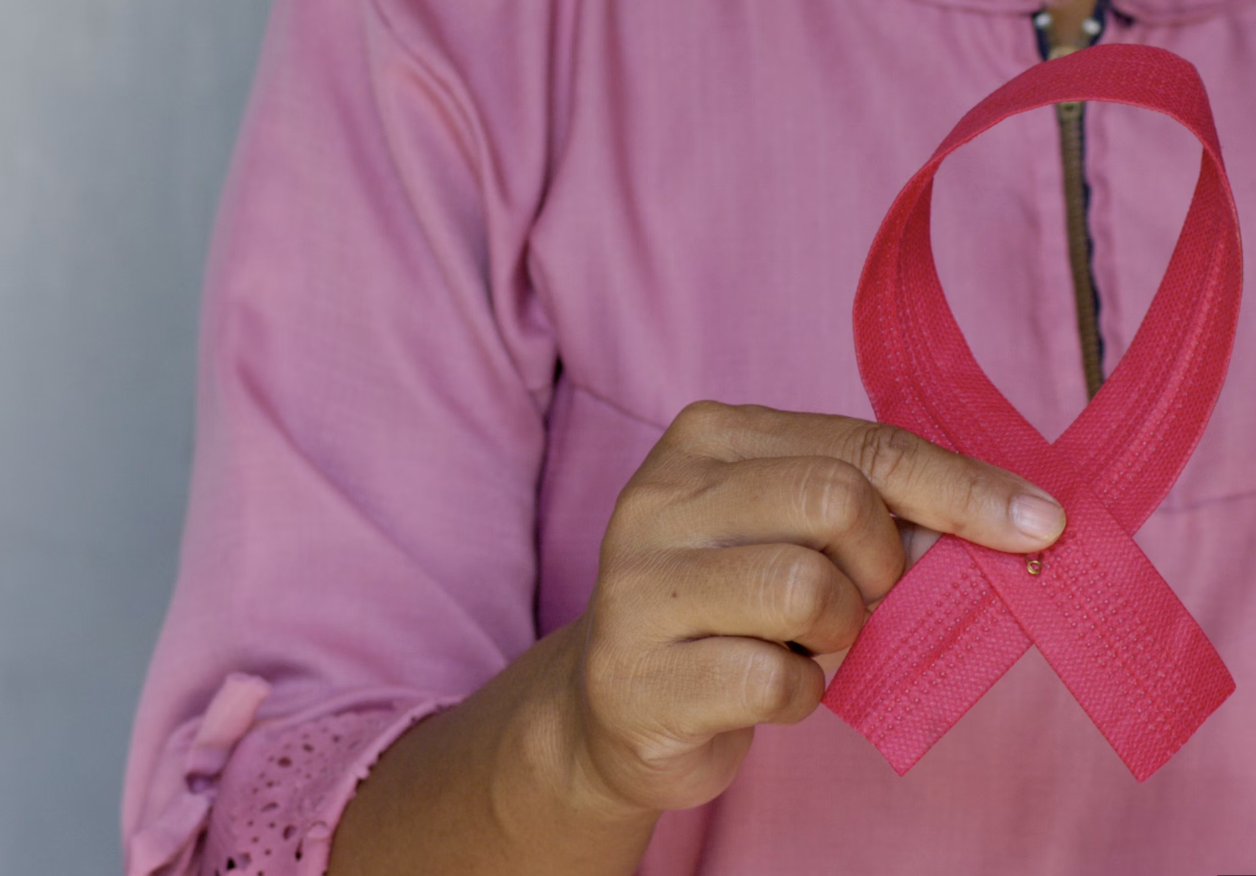Navigating life after a breast cancer diagnosis can be a series of challenging choices and adjustments. Right at the heart of this journey is the decision about breast reconstruction surgery, a pivotal option that can offer women a sense of wholeness and reclaiming of their bodies post-treatment. Discussing such an important topic in a sensitive yet practical manner is crucial, and this article intends to do just that.
The Emotional Rollercoaster: Understanding Your Choices
Choosing whether to undergo breast reconstruction surgery is a deeply personal decision that intertwines with emotions, body image, and reclaiming control in the wake of a life-altering diagnosis. Women often find themselves on an emotional rollercoaster as they consider their options. It’s essential to lay the groundwork for this decision-making process with information that is clear, deliberate, and empathetic.
Option One: Immediate Reconstruction
Immediate reconstruction refers to the performance of reconstructive surgery at the same time as the mastectomy. This option eliminates the need for additional surgeries in many cases, which can be a relief for those navigating a complex care plan. Immediate reconstruction can also aid in coping with the psychological impact of losing a breast and reducing the overall treatment period’s impact on life.
Option Two: Delayed Reconstruction
For individuals who are unsure about reconstruction or need time to consider it, delayed reconstruction offers the space to make the decision. This approach separates mastectomy from reconstruction, allowing for emotional healing and a thorough discussion of options with your healthcare team.
Option Three: No Reconstruction
Choosing no reconstruction is a valid choice and one that should be fully supported. Many women find that the physical and emotional adjustments needed are manageable to them, or that reconstruction simply isn’t a priority. This decision hinges on the individual’s values, lifestyle, and comfort.
The Physical Journey: What to Expect During Reconstruction
Understanding the process of breast reconstruction surgery is vital for coming to terms with its effects on one’s body and daily life.
Phase One: Preparation and Mastectomy
Before the reconstruction, there’s the preparation stage, which often involves consultation with a plastic surgeon to discuss options. Following pre-op procedures, the mastectomy (if not already done) is the first surgical step of this process.
Phase Two: Tissue Expander or Implant Surgery
The next phase typically involves placing a tissue expander, which preps the skin for the eventual implant, or the immediate placement of a breast implant. This procedure sets the stage for the expansion process.
Phase Three: Expander Filling and Final Implant
Expansion involves periodic filling of the expander to stretch the skin adequately. Once this is complete, the final breast implant is placed, often in a separate surgery from the expander.
Phase Four: Nipple and Areola Reconstruction
The final phase, if desired, is nipple and areola reconstruction. This step, while not always the final one, can be an important part of the emotional recovery for many women.
Recovery and Follow-Up Care
The recovery process from reconstruction surgery varies. Patients must communicate their pain levels and follow all instructions given by their healthcare providers. Regular follow-up visits are necessary to monitor healing and address any concerns.
Making Peace with Your Decision: Navigating Body Image and Self-Care
One of the most profound aspects of breast reconstruction surgery is its impact on a woman’s body image and perception of self.
Body Image and Self-Perception Post-Reconstruction
It’s common for women to feel a sense of loss or change following cancer treatment and reconstruction. As they adjust to a new normal, the reconstruction can play a critical role in their self-perception, helping them feel more like themselves again.
Self-Care and Adjustments
Engaging in self-care is crucial during the post-reconstruction period. Rest, proper nutrition, gentle exercises, and activities that promote relaxation and stress reduction can support both physical and emotional healing.
Support Systems and Coping Mechanisms
Coping with the changes in body image and the emotional rollercoaster that often follows reconstruction can be challenging. Having a strong support system, engaging in coping mechanisms like journaling or support groups, and considering counseling can be invaluable.
The Role of Education and Advocacy
As with any aspect of cancer treatment and recovery, knowledge is empowering.
Educating Yourself
Sifting through reputable sources and seeking educational materials that outline the different types of reconstructions, the stages of the process, and potential risks and complications can prepare one for informed discussions with their healthcare team.
Becoming Your Own Advocate
Fostering an open dialogue with healthcare providers and being proactive in your care by asking the right questions and taking an active role in decision-making is being your own best advocate.
The Decision to Move Forward: What’s Right for You?
Coming to a decision about reconstruction is a significant milestone in a cancer survivor’s journey. It represents a step toward the future and the life that lies beyond the diagnosis and treatment.
Embracing Your Choice
Ultimately, the decision to move forward with breast reconstruction surgery is personal and multifaceted. It’s an opportunity to consider what brings you comfort and a sense of normalcy in your body.
Looking Ahead
As you move forward, remember that this journey is a continuous one. Your feelings and priorities may change over time, and that’s okay. What matters most is that you take the steps that feel right for you and find support along the way.
Breast reconstruction surgery is a powerful tool in the arsenal of those who have battled breast cancer. It is an option that can aid in the emotional recovery, body image restoration, and personal empowerment of many women. By approaching the topic with empathy, providing comprehensive information, and hosting a dialogue, we hope this guide supports those who are considering this important step.




